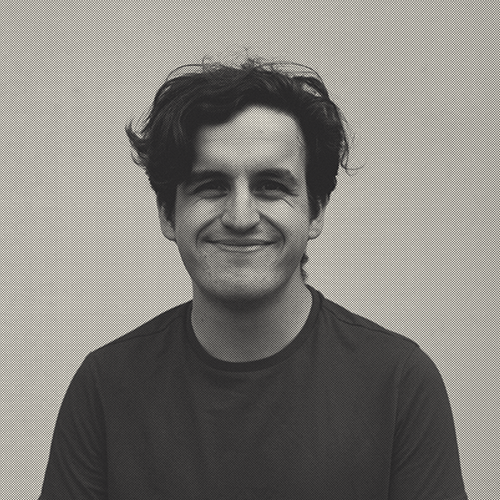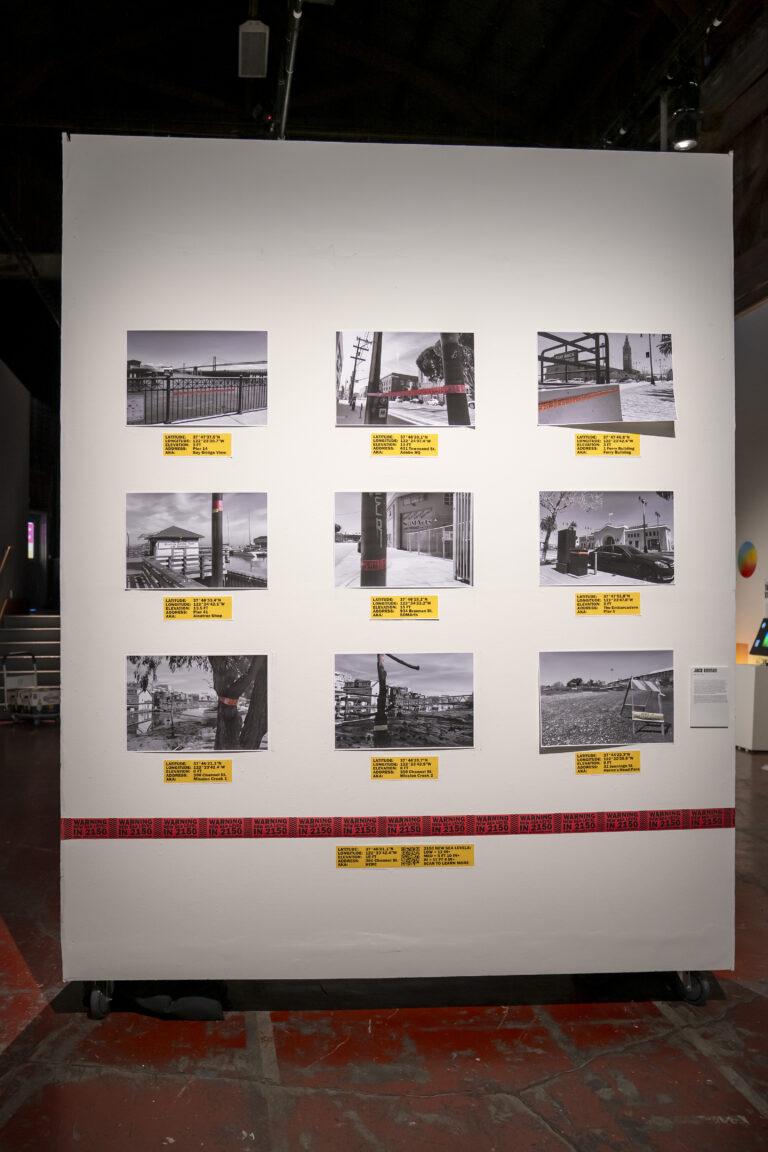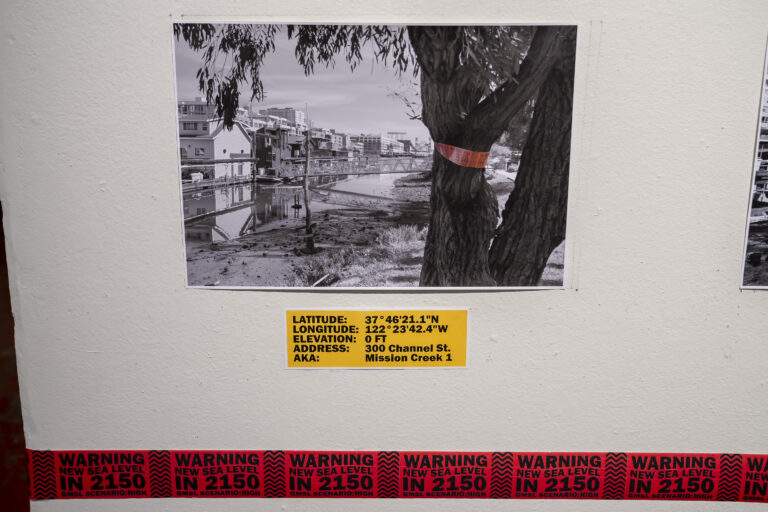
JACK KEENAN
he/him/his
Design Major
Hey there! I’m a jack-of-all-trades designer located here in the Bay Area. In all facets of life, I try to embody the Jesuit principle of cura personalis (care for the person) and fill the world with love and creativity. Design for me is not only about creating beautiful things, but also imbuing creations with a vocation and a voice. To communicate with the world visually, I want my designs to speak for justice and kindness. Through my experiences at USF, I hope to move forward with my head high and my heart full on my design journey. Thank you to my professors, my parents, my peers, and everyone who has loved and supported me!
NEW SEA LEVEL
NEW SEA LEVEL is a project that aims to visualize the potential new water lines in San Francisco in 2150 due to the effect of climate change. As a proponent of design as a tool to spark social change, I want to make the invisible visible and spotlight just how devastating the rising sea level predictions are in regards to how our current society operates. With research gathered from the National Oceanic and Atmospheric Administration, I have designed three different caution tapes in accordance with three varying severity scenarios and juxtaposed against the city itself. The tapes simultaneously showcase not only how high the threat climate change poses in an intuitional and immediate way, but also highlight what is potentially at risk in the process. Buildings, landmarks, history, people, livehoods, our way of life itself– all are at stake here, all are at risk. Even SOMArts, the place where this exhibition takes place, is in the danger zone.
But all is not lost. The future is not set in stone, and we have the potential to curb climate change, right here and now. The accompanying technical report by NOAA , Global and Regional Sea Level Rise Scenarios for the United States, highlights how “By reducing greenhouse gas (GHG) emissions, severe and transformative Global and Regional Sea Level Rise Scenarios for the United States impacts occurring later this century or early next century along U.S. coastlines are more likely to be avoided” (p.62). There is still time, and I want people to see, to believe, and to act on climate change.



